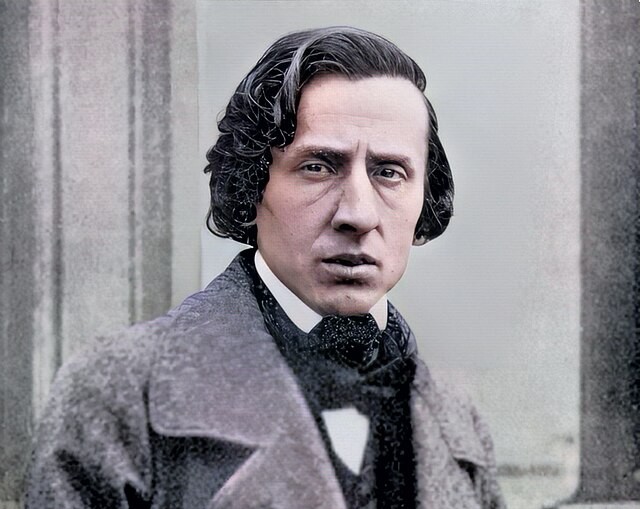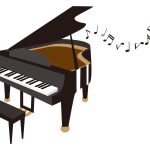
Chopin – Minute Waltz
Frédéric Chopin’s Minute Waltz (official title: Waltz in D-flat major, Op.64 No.1) is one of his most beloved and frequently performed works.
Though only one to two minutes long in performance, this short piece contains all the charm, wit, and technical brilliance that define Chopin’s genius.
It’s a miniature world where elegance and exuberance swirl together in a joyful dance.
The Origin of Its Nickname
The nickname “Minute Waltz” does not refer to time, as in “sixty seconds,” but rather to its compact and delicate nature.
That said, the piece gained its playful nickname partly due to a famous anecdote: it’s said that Chopin was inspired by a small dog (owned by his companion George Sand) chasing its tail in circles.
Whether true or not, the music’s whirling motion and lively tempo do evoke the image of a spirited puppy spinning gleefully in place.
Musical Structure and Style
Set in D-flat major, the piece opens with a sparkling theme in the right hand, dancing above a steady waltz rhythm in the left.
The three-beat meter is unmistakable, but Chopin infuses it with spontaneous energy through ornaments, sudden modulations, and shifting moods.
The middle section offers a moment of contrast, with a slightly more subdued and lyrical phrase before the main theme returns.
The piece concludes with a dazzling coda, bringing the whirlwind to a brilliant, satisfying close.
Technique Meets Expression
While it is relatively short, the Minute Waltz is far from easy.
Its rapid tempo and ornamented figures require agility, precision, and control.
Yet true mastery lies in conveying its lightness and spontaneity—giving the impression that the music is dancing freely, almost playfully, without sounding mechanical or rushed.
Performers must balance clarity with charm, sparkle with sensitivity.
It is a piece where personality matters as much as proficiency.
Conclusion
Chopin’s Minute Waltz is more than a charming showpiece—it’s a brief but vivid glimpse into the composer’s musical imagination.
With elegance, wit, and subtle technical demands, it invites both performer and listener into a world where playfulness and poetry coexist.
It is a jewel of the Romantic piano repertoire, forever spinning with joy and refinement.
More than 100 million songs in CD quality. 7 million in better-than-CD sound.
🎧 Start your free trial with Amazon Music Unlimited now!

